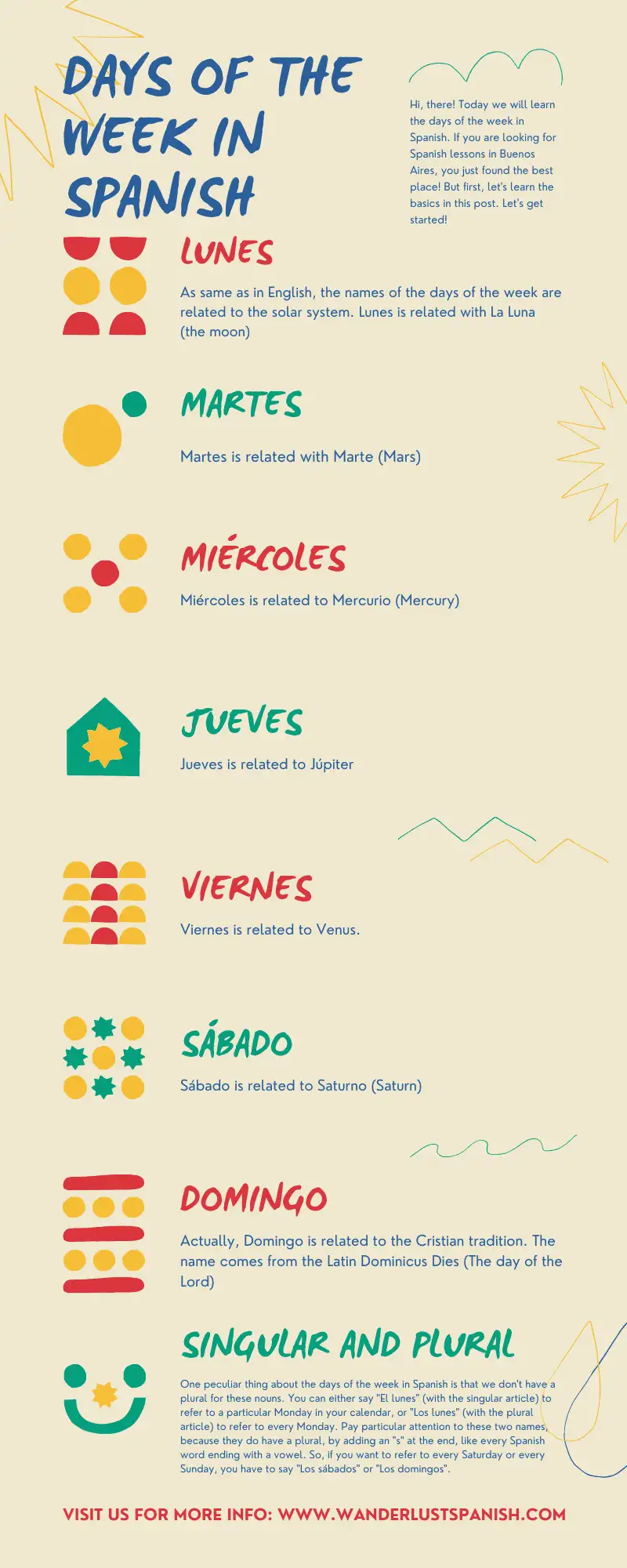Hola, language lovers! Are you ready to get into this? Today it’s all about how to learn Spanish grammar. I know, right? How can Spanish people talk that fast and with no mistakes? Well, don’t worry. We’re all in this together!
Just a heads up
Contents
Remember that learning a whole language takes time. I strongly suggest that you learn not only the wonders of Spanish grammar, but also how to deal with difficulties. Especially when it comes to Spanish, that it’s not easy even for natives. Oh boy!
First things first: Spanish mind
In English, we think in boxes. We have auxiliary verbs (do, have), we know the structures. Papers are in order, I guess. (Unless you want to talk about Shakespeare’s poetry and plays, that’s a whole new area, we can’t even explain him right now). Everytime we speak or write in English, things are under the impression to be quiet. We don’t want to start a riot, we just follow the rules. Maybe that’s why it’s easier to understand English than Spanish.
However, Spanish is the best of both worlds: you mix it all together and you get a very good salad. Spanish grammar has an infinite list of rules, but as speakers, we hardly follow them. Yeah, you could say that we’re rebels or maybe that our language is way too much. Take a pick, fellas. At the same time, that flexibility makes us more versatile when we use our own language, like an elastic band that always returns to its original form.
Spanish grammar: the beginnings
Forget all you know about English grammar (just for a while) and think in Spanish. While in English it’s almost mandatory to use the subject, to express in the sentence the person in charge of an action, in Spanish it’s not necessary. But then we are looking for the missing subject. It’s like “Hey, have you seen my subject? I think it went that way…”.
For example, take a look at this sentence:
Yo quiero a mi bandera. (I love my flag).
Here we have the subject (Yo / I), verb (quiero / love) and direct object (a mi bandera / my flag). In English we have to say it completely, because “Love my flag” would have a different meaning. It would mean an order, or something way too general. But in Spanish, if we remove the subject, it’s “Quiero a mi bandera” and it’s OK. We can live with that.
How to learn Spanish grammar without regretting it
Just think of Spanish as a salad: it has a variety of flavours and combinations that sometimes work and sometimes they don’t. You have to keep on trying, adding more salt or creating a new dressing, maybe tangy, maybe sweet, or hotter than you think.
Also, try to think that even though there are some rules, the important thing is to be passionate about it. I know, prepositions in Spanish and English differ a lot, subjunctive is hard, but nevermind! Go with the flow and embrace your inner Spanish grammar goddess, amigues!
Ending this lesson
This note is made with a lot of love, and so our free Spanish lessons at Wanderlust Spanish Online. Check them out if you want to succeed as a Master’s Spanish Chef!









